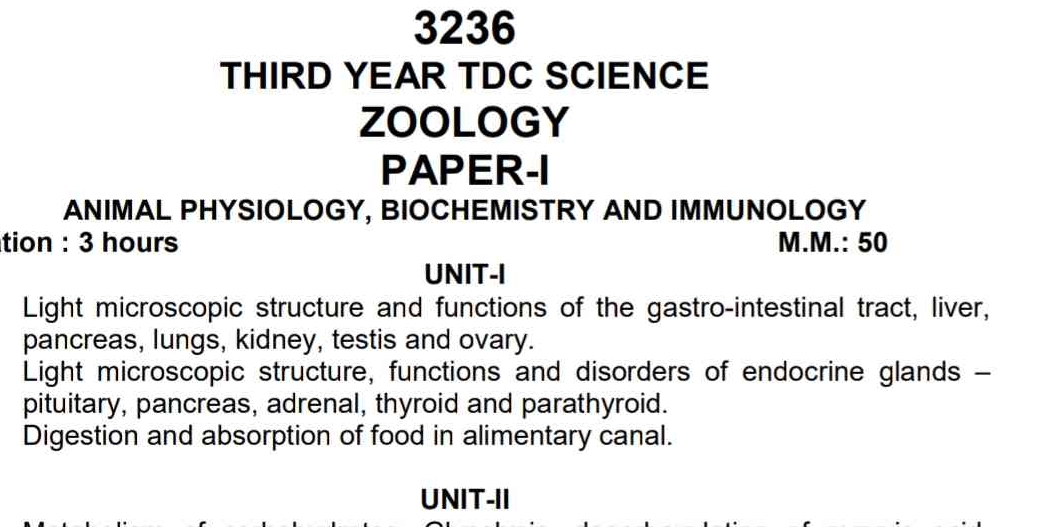What are the light microscopic structures and functions of the gastro-intestinal tract, liver, pancreas, lungs, kidney, testis, ovary, and endocrine glands?

Understand the Problem
The question is related to a zoology paper covering animal physiology, biochemistry, and immunology, including topics such as the structure and functions of various organs and digestive processes.
Answer
Organs have specialized cells and structures for functions like digestion (GI tract), detoxification (liver), and hormone regulation (endocrine glands).
The light microscopic structures and functions of various body organs include specialized cell types forming tissues to perform specific functions such as digestion in the GI tract, detoxification in the liver, enzyme production in the pancreas, and filtration in the kidneys. Endocrine glands like the pituitary, adrenal, and thyroid regulate hormonal balance and metabolic processes.
Answer for screen readers
The light microscopic structures and functions of various body organs include specialized cell types forming tissues to perform specific functions such as digestion in the GI tract, detoxification in the liver, enzyme production in the pancreas, and filtration in the kidneys. Endocrine glands like the pituitary, adrenal, and thyroid regulate hormonal balance and metabolic processes.
More Information
Histology reveals the intricate cell and tissue architecture that enables organ-specific functions, such as nutrient absorption by villi in the small intestine and hormone release by endocrine glands.
Tips
Confusing cell types or not considering the relations between structure and function can lead to misunderstandings in histology. Focus on the unique features of each organ.
Sources
- Histology guide: Definition and slides | Kenhub - kenhub.com
- Microscopic Anatomy, Organs, Processes - Britannica - britannica.com
- Endocrine Gland Overview | ScienceDirect Topics - sciencedirect.com
AI-generated content may contain errors. Please verify critical information